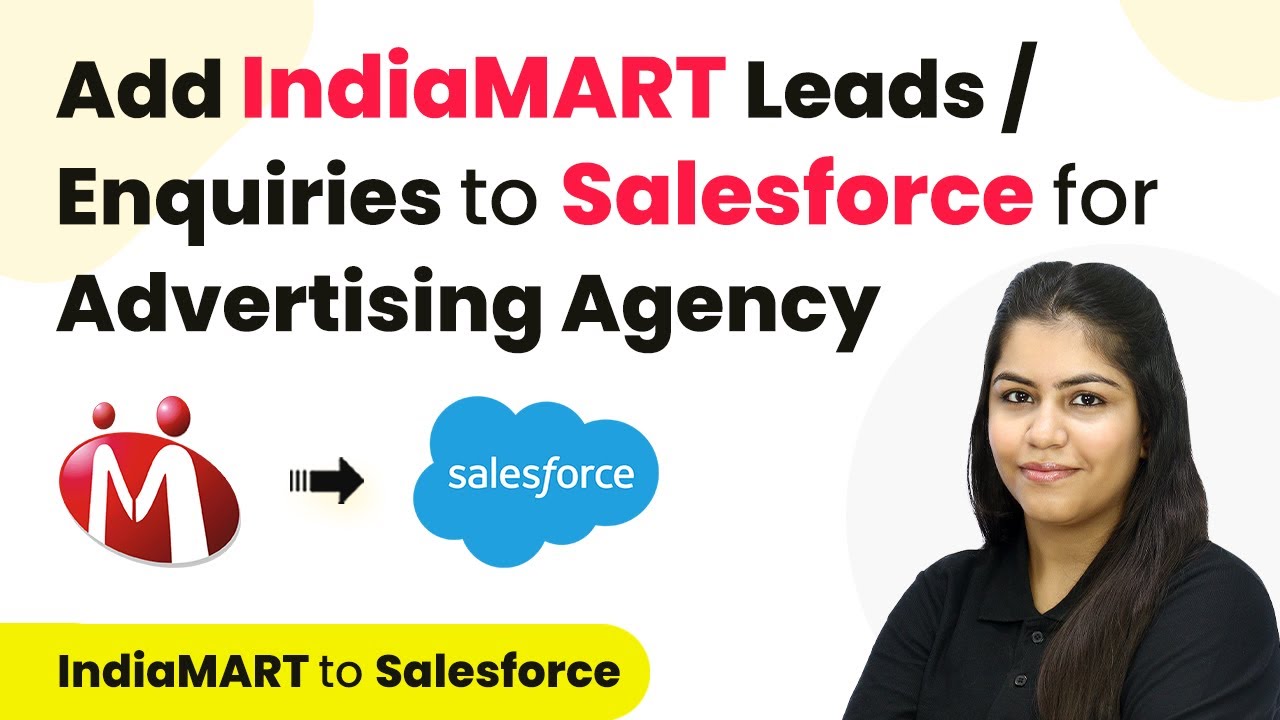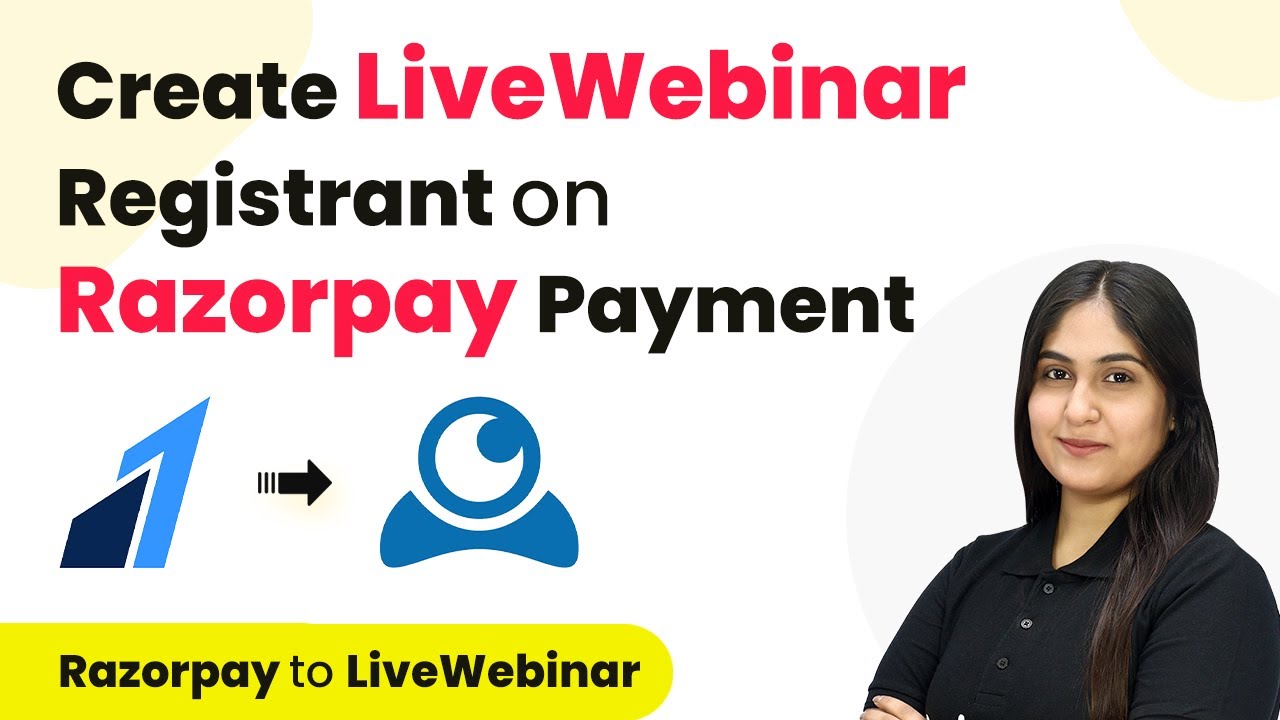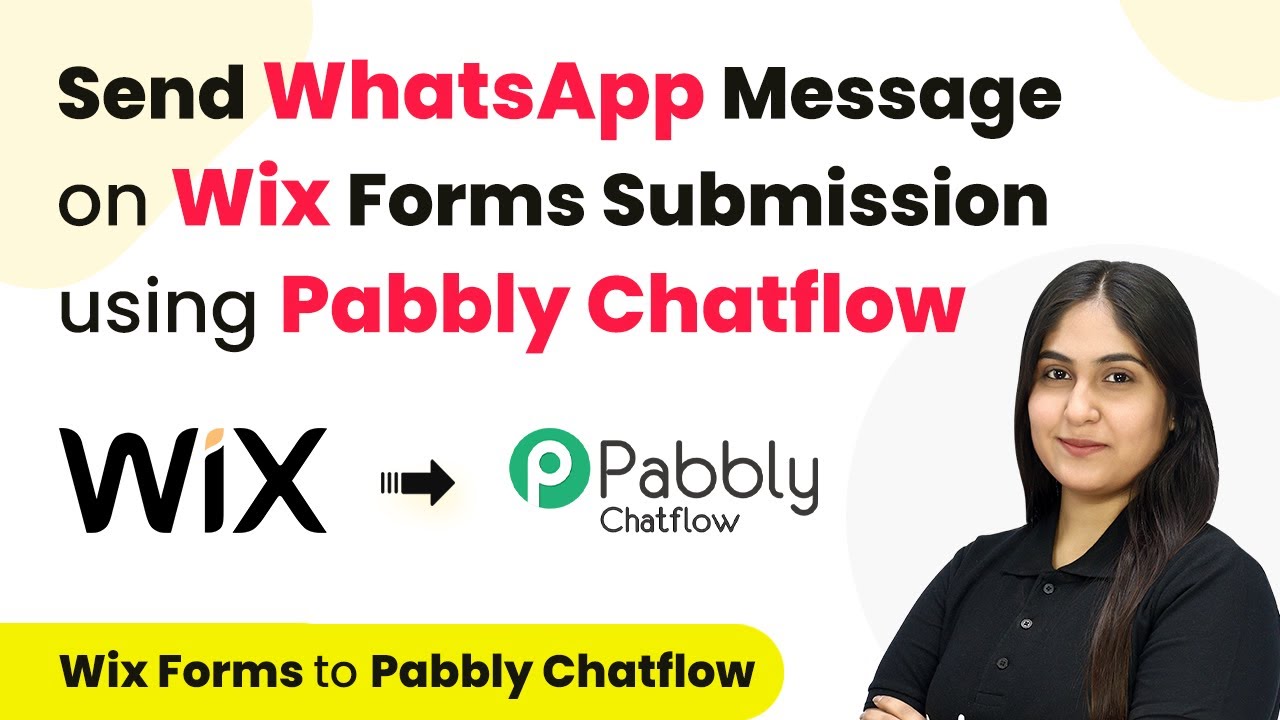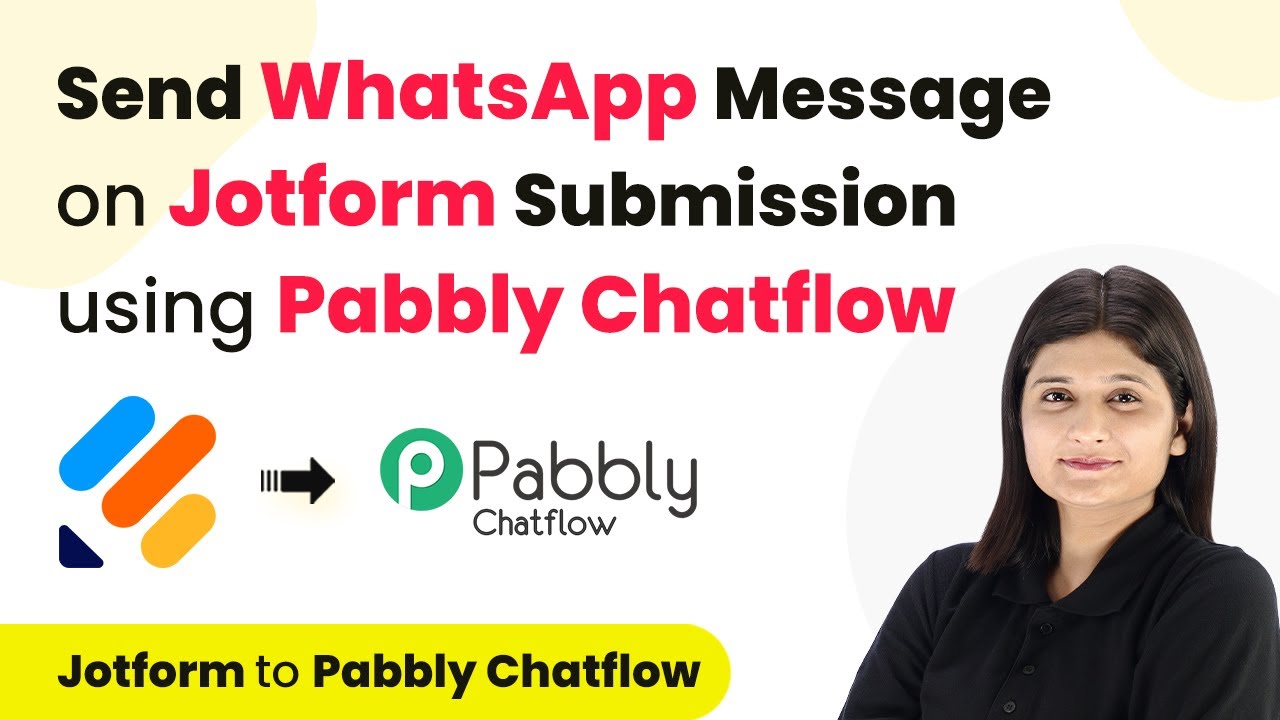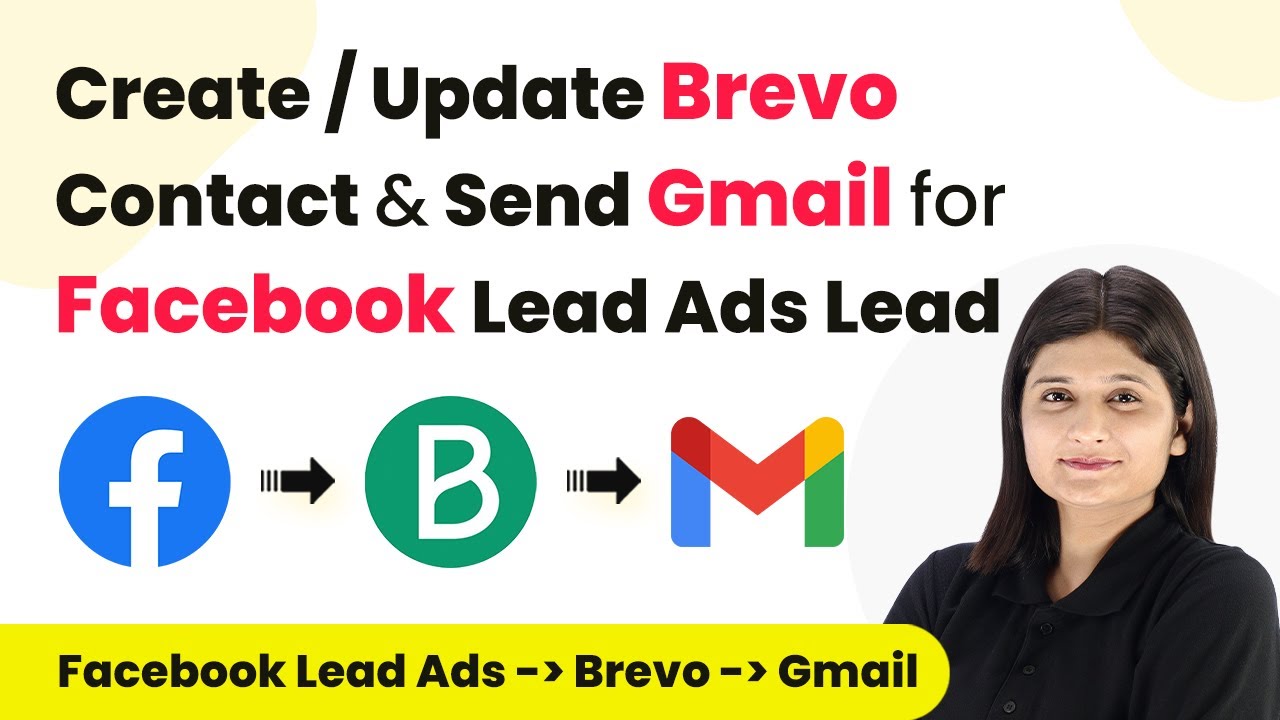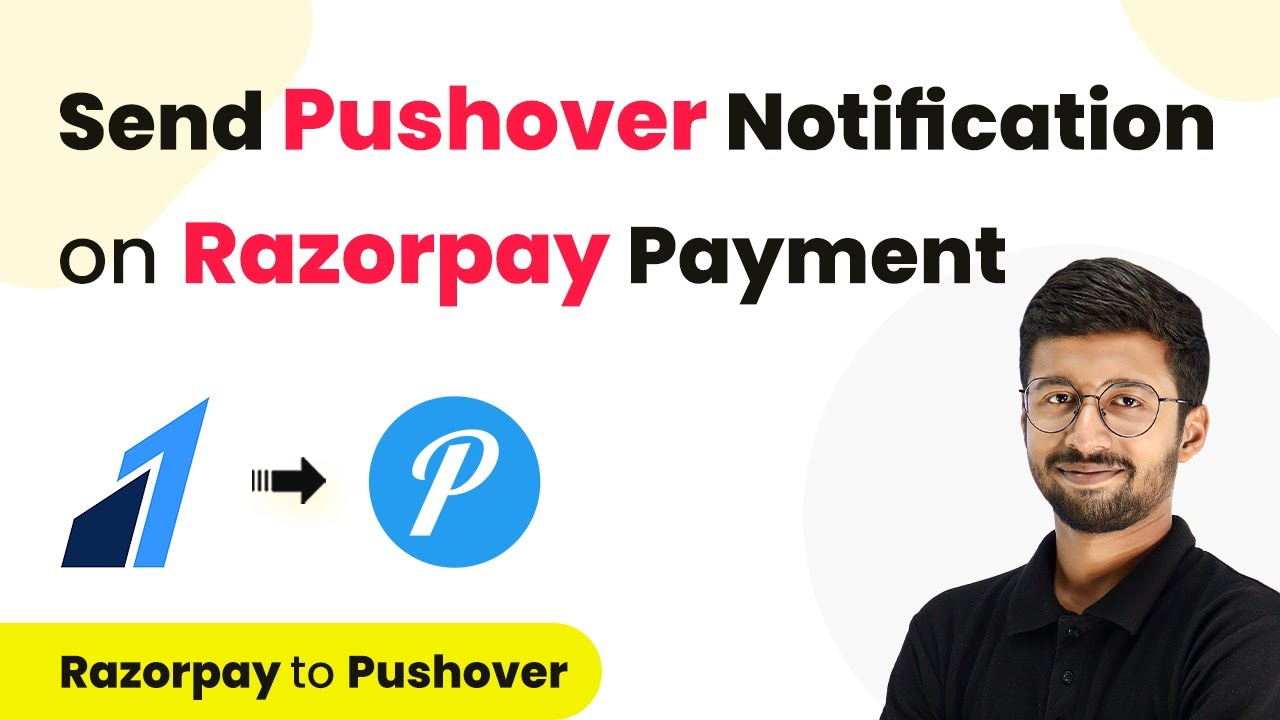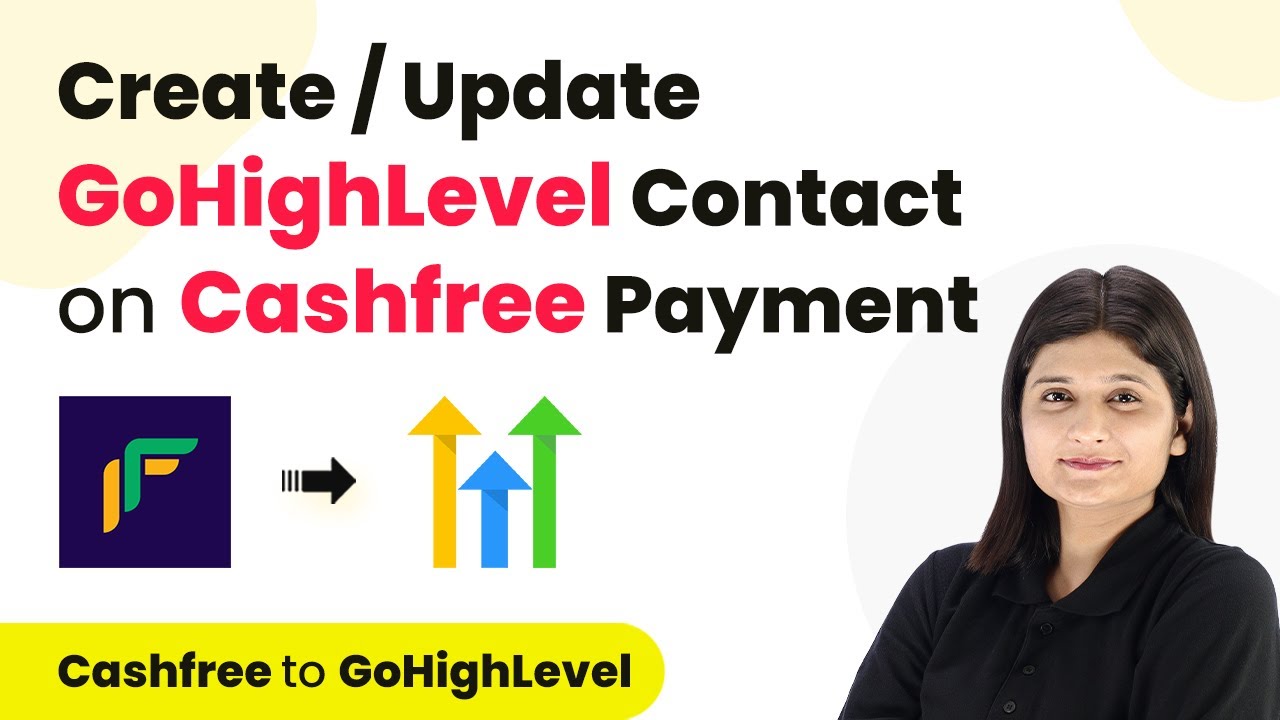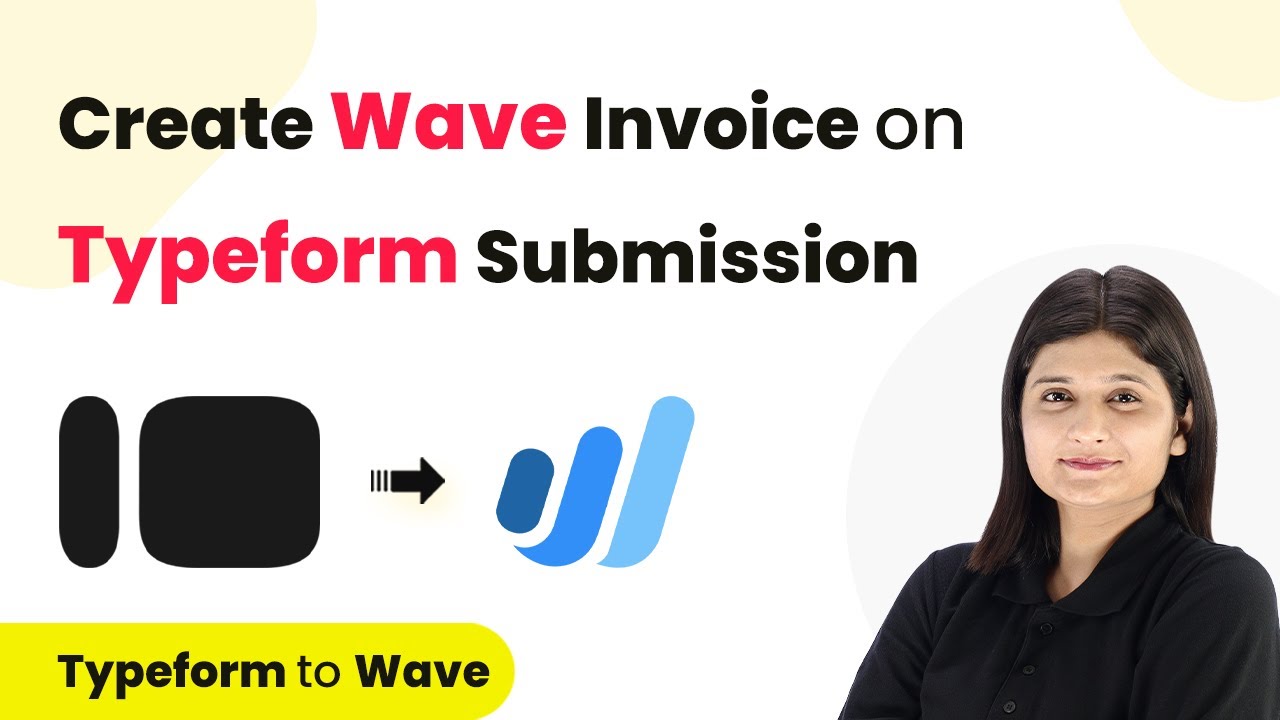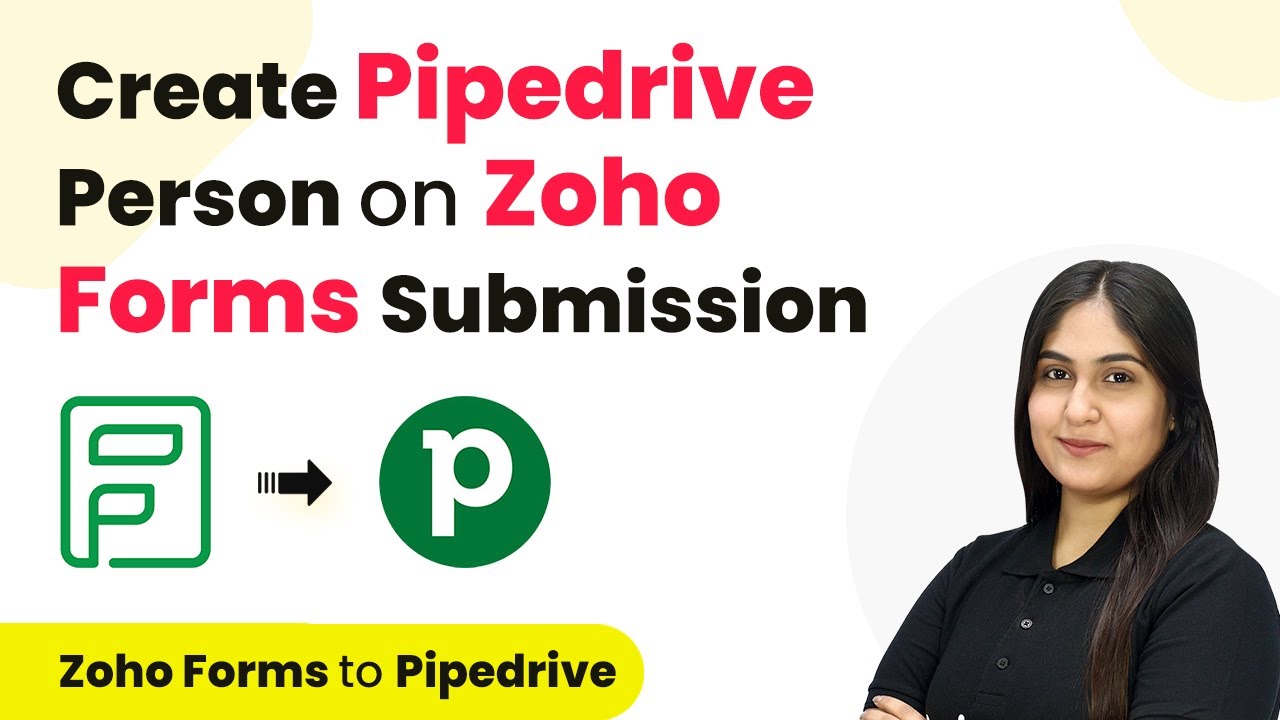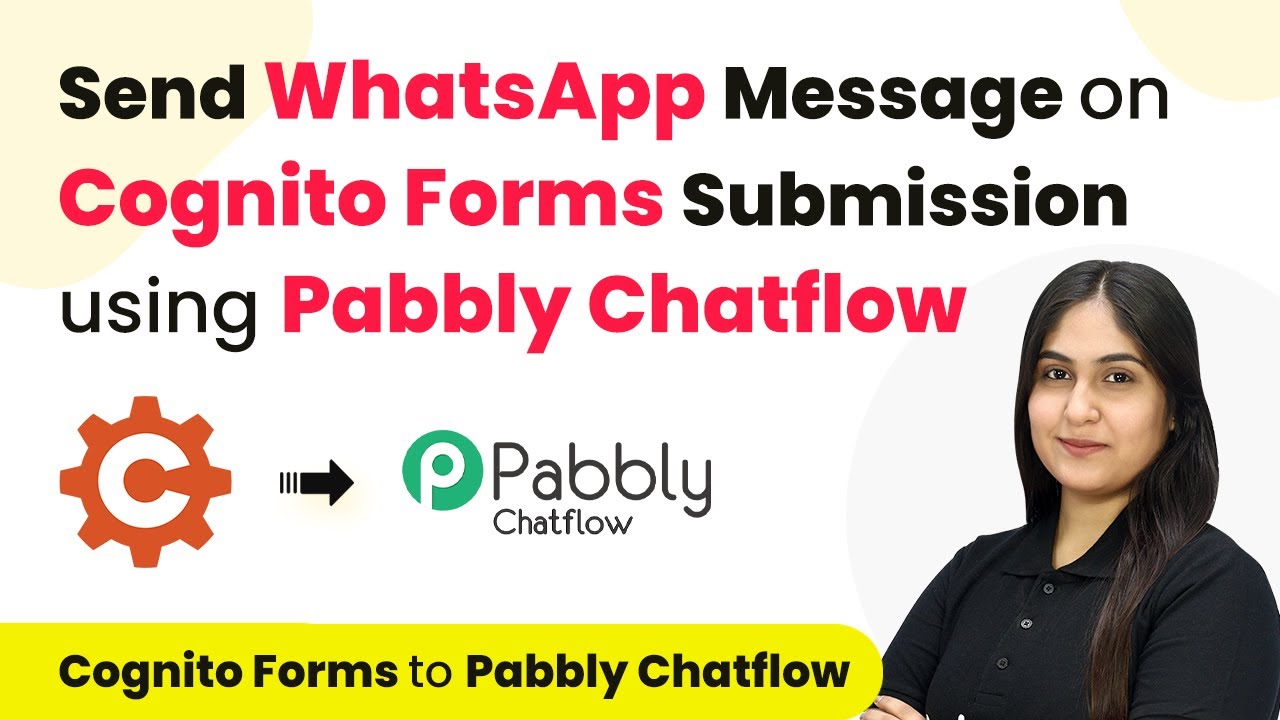Learn how to automate the addition of IndiaMART leads to Salesforce for your advertising agency using Pabbly Connect. Follow our step-by-step guide! Eliminate manual repetitive tasks from your workflow. Discover proven automation methods with intuitive steps designed for efficiency-minded professionals.
Watch Step By Step Video Tutorial Below
1. Accessing Pabbly Connect for Integration
To begin integrating IndiaMART leads into Salesforce, access Pabbly Connect by visiting the Pabbly website. Sign in if you are an existing user or sign up for free to explore the platform.
Once logged in, navigate to the dashboard where you can find various Pabbly applications. Click on Pabbly Connect to start creating your automation workflow. This is essential for linking IndiaMART and Salesforce.
2. Creating a Workflow in Pabbly Connect
In Pabbly Connect, click on the ‘Create Workflow’ button to set up your automation. Name your workflow, such as ‘Add IndiaMART Leads to Salesforce’, and select the appropriate folder to save it in.
- Choose a descriptive name for your workflow.
- Select the folder where you want to save the workflow.
- Click on ‘Create’ to proceed to the workflow setup.
This initiates the workflow setup where you can define triggers and actions. The next step will be selecting the trigger application.
3. Setting Up the Trigger for IndiaMART
In this step, you will select IndiaMART as the trigger application in Pabbly Connect. Choose the trigger event as ‘New Leads’ to ensure that the workflow activates whenever a new lead is received.
After setting the trigger, Pabbly Connect will provide a webhook URL. This URL needs to be copied and used in your IndiaMART account to establish the connection. Follow these steps:
- Log in to your IndiaMART account.
- Navigate to Lead Manager and select ‘Import/Export Leads’.
- Choose ‘Push API’ and select ‘Other’ as the source option.
- Paste the webhook URL from Pabbly Connect and save the details.
Completing these steps will set up the trigger in your Pabbly Connect workflow, allowing it to listen for new leads from IndiaMART.
4. Testing the Webhook Response in Pabbly Connect
After setting up the webhook in IndiaMART, return to Pabbly Connect to test the integration. You will see the status indicating that the workflow is waiting for a webhook response.
Perform a test submission in IndiaMART to send a lead to Pabbly Connect. Once the lead is sent, you should receive a confirmation message indicating that the lead details have been captured successfully.
Click on the ‘Test Your Webhook’ button in Pabbly Connect. Check if the details from the test submission appear in the workflow. Ensure that all expected fields are captured correctly.
This test confirms that the connection between IndiaMART and Pabbly Connect is working properly, ready for the next step of adding leads to Salesforce.
5. Adding Leads to Salesforce Using Pabbly Connect
Now that the trigger is set up and tested, it’s time to add the leads to Salesforce. In Pabbly Connect, select Salesforce as the action application and choose the action event as ‘Create Lead’.
You will need to connect your Salesforce account with Pabbly Connect. Click on ‘Connect with Salesforce’ and grant the necessary permissions to allow the integration. Once connected, you can map the lead details from IndiaMART to Salesforce fields.
Map the sender’s name, phone number, and other relevant details to Salesforce fields. Ensure all required fields in Salesforce are filled appropriately. Click on ‘Send Test Request’ to verify the lead creation.
Upon successful testing, you will see the lead in your Salesforce account, confirming that the integration via Pabbly Connect is complete and operational.
Conclusion
In this tutorial, we detailed how to automate the addition of IndiaMART leads to Salesforce using Pabbly Connect. This integration allows advertising agencies to efficiently manage leads and improve follow-up processes. By following these steps, you can streamline your lead management seamlessly.
Ensure you check out Pabbly Connect to create business automation workflows and reduce manual tasks. Pabbly Connect currently offer integration with 2,000+ applications.
- Check out Pabbly Connect – Automate your business workflows effortlessly!
- Sign Up Free – Start your journey with ease!
- 10,000+ Video Tutorials – Learn step by step!
- Join Pabbly Facebook Group – Connect with 21,000+ like minded people!
